Leather perforations have a long history in the automotive industry and are now an essential design element. This technique combines functionality and aesthetics, providing ventilation and a luxurious appearance. In this article, we explore the different types of leather perforations, their historical roots, and their application in modern vehicles.
Braided grain perforation: tradition with and without row of holes
The braided grain perforation was used in the 1960s and 1970s, particularly in Mercedes-Benz models such as the W113 (Pagoda), W108/W109, and W111. This perforation, available with or without a row of holes, combines embossing with additional perforation for ventilation. Typically, hole sizes of 1-2 mm are used, contributing to improved comfort and air circulation while also providing an attractive appearance.

Examples: Mercedes-Benz braided grain perforation

Example: Mercedes-Benz braided grain perforation
Star perforation: aesthetics and function combined
Star perforation was widely used in Mercedes-Benz SL models, particularly in the W107 (1971-1989). This type of perforation is characterized by star-shaped holes measuring 1-1.5 mm, which serve both as ventilation and as a distinctive visual feature.

Example: Mercedes-Benz star perforation
Rosette perforation: luxury for the highest demands
The rosette perforation was used in high-end vehicles such as the Mercedes-Benz S-Class W116. Its round, rosette-shaped pattern with hole sizes of 1.5-2 mm represents exclusivity and the highest level of comfort.

Example: Mercedes-Benz rosette perforation
MK1 Perforation: Versatility in the Modern Automotive Industry
The MK1 perforation is now found in a wide variety of vehicles from different manufacturers, including Mercedes-Benz , Opel , and Ford . This perforation is characterized by a standard hole spacing of 7.0 x 3.5 mm and a hole size of 1.1 mm. It is widely used in various vehicle categories, from mid-size cars to SUVs.
MK3 perforation: Optimal climate control for comfortable seats
The MK3 perforation is typical for vehicles with climate-controlled seats. Manufacturers such as Mercedes-Benz , Land Rover , and BMW use this close-meshed perforation (hole size approximately 1.1 mm) to ensure optimal air circulation in the seats and maximize driving comfort.
MK10 perforation: sportiness and elegance combined
The MK10 perforation is commonly used in premium and sports vehicles, including Porsche and Audi . This very dense perforation, with hole sizes ranging from 1.0 to 1.2 mm, is used in both ventilated seats and steering wheels to improve comfort and grip.
Conclusion
Leather perforations are an important design element in the automotive industry. They fulfill both functional and aesthetic requirements and are used in various vehicle classes and by numerous manufacturers worldwide. The variety of perforation patterns, such as braided grain, MK1, or Microdot 402, demonstrates the development and ongoing influence of these techniques on modern vehicle construction.
Discover the possibilities of leather perforation at Leder Klaus and let our experts advise you on which variant best suits your individual requirements.
For individual advice











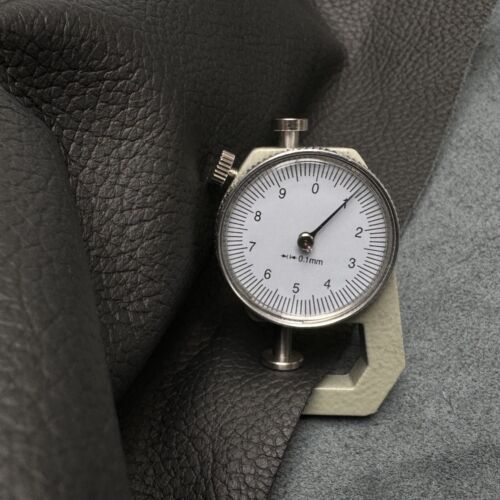
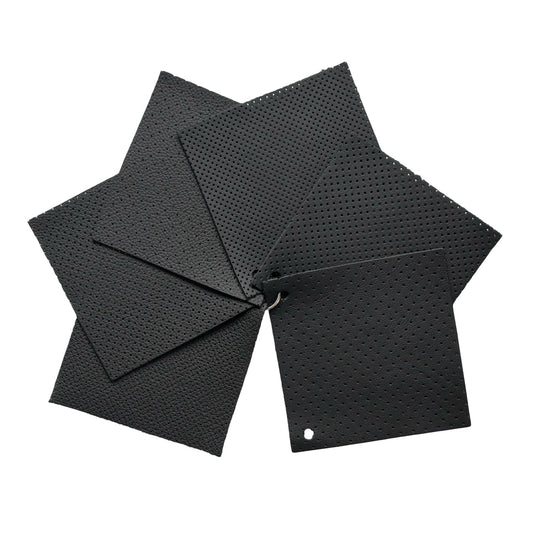
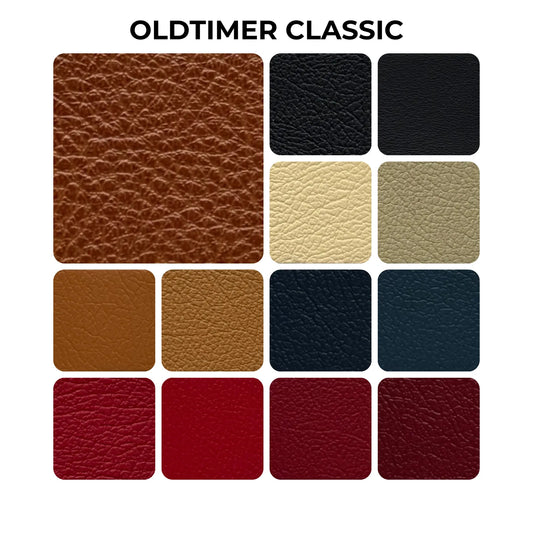

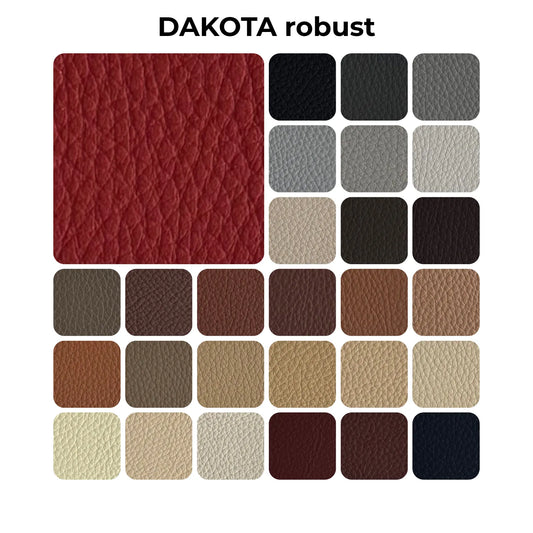
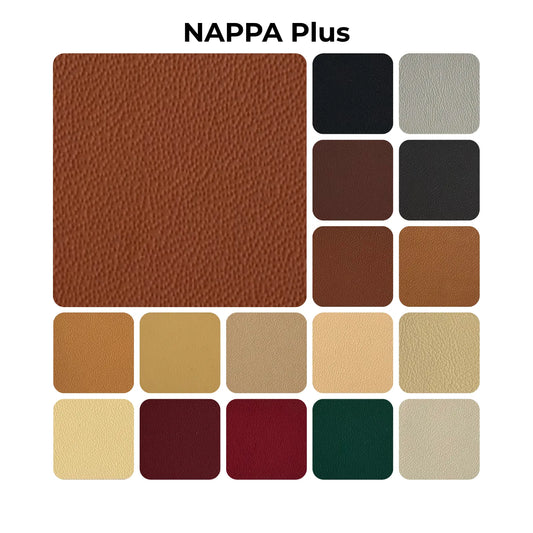
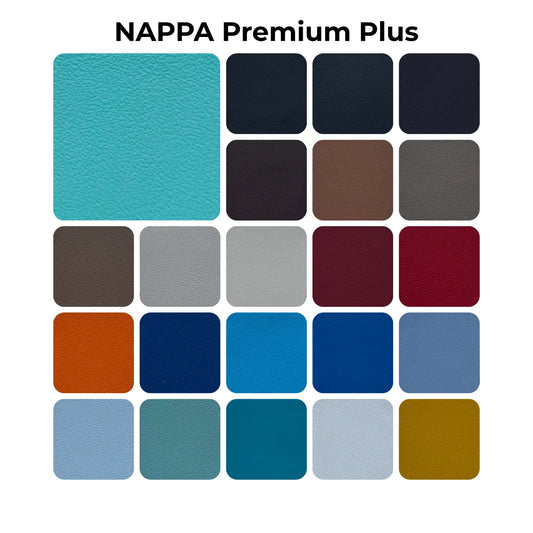
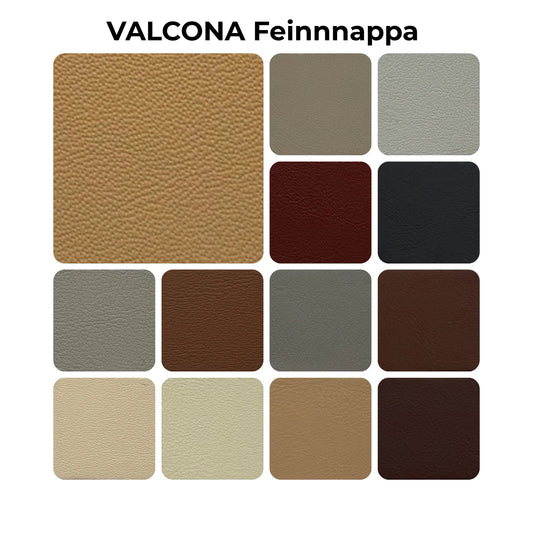
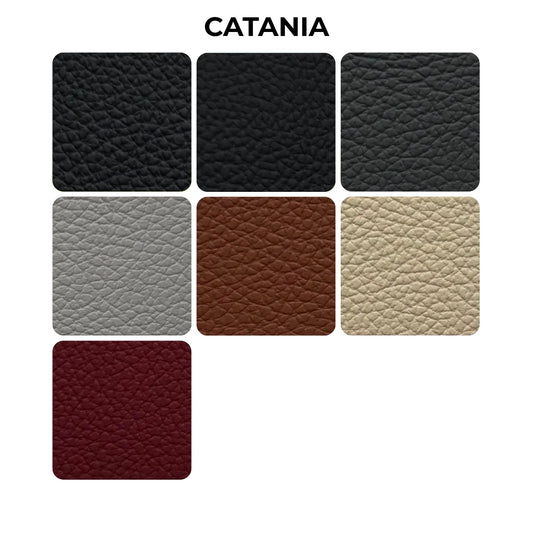
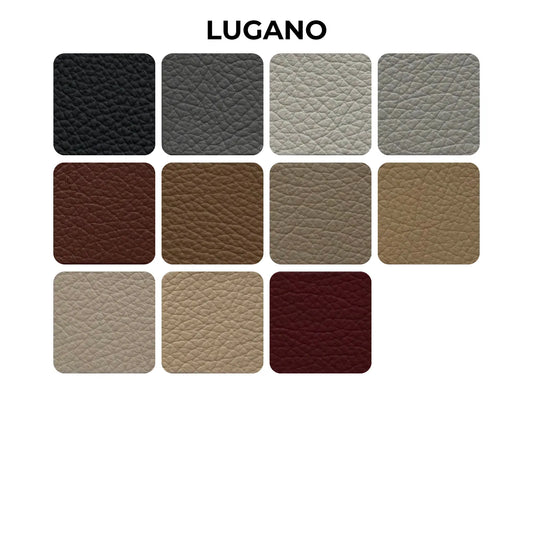





Leave a comment
All comments are moderated before being published.